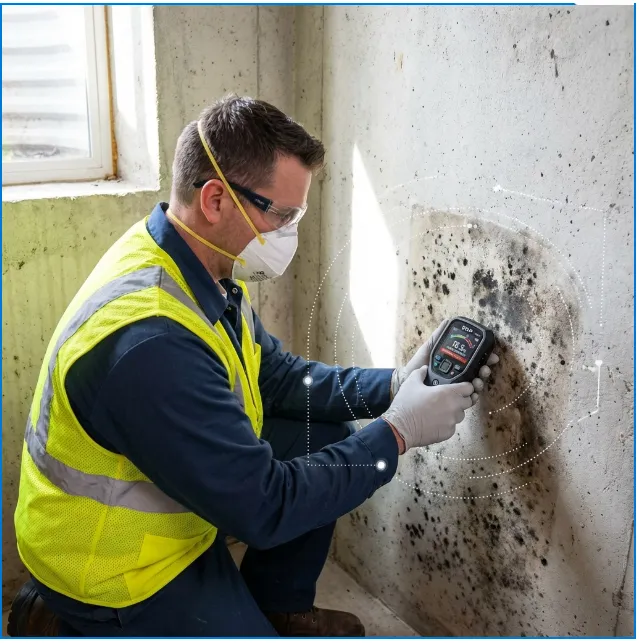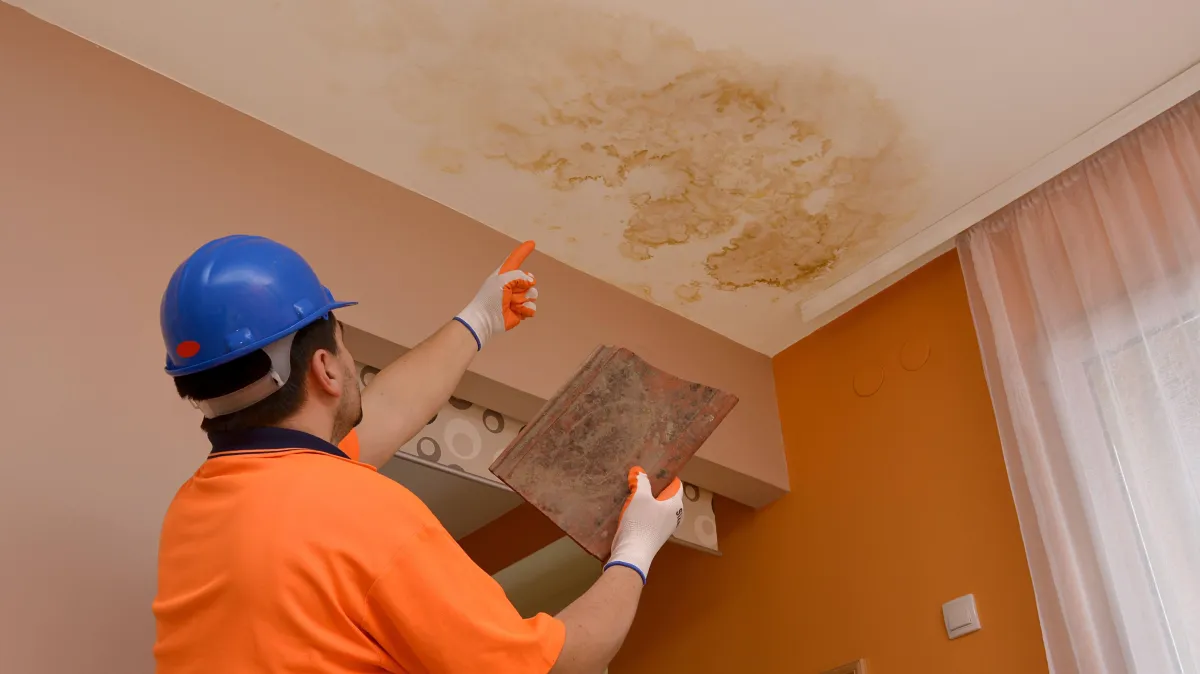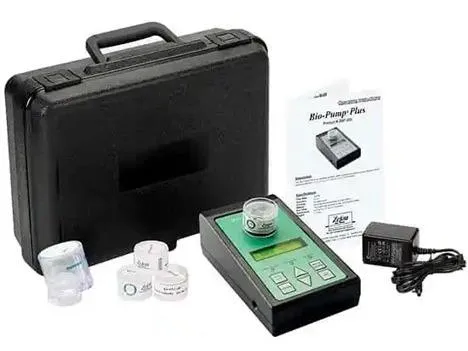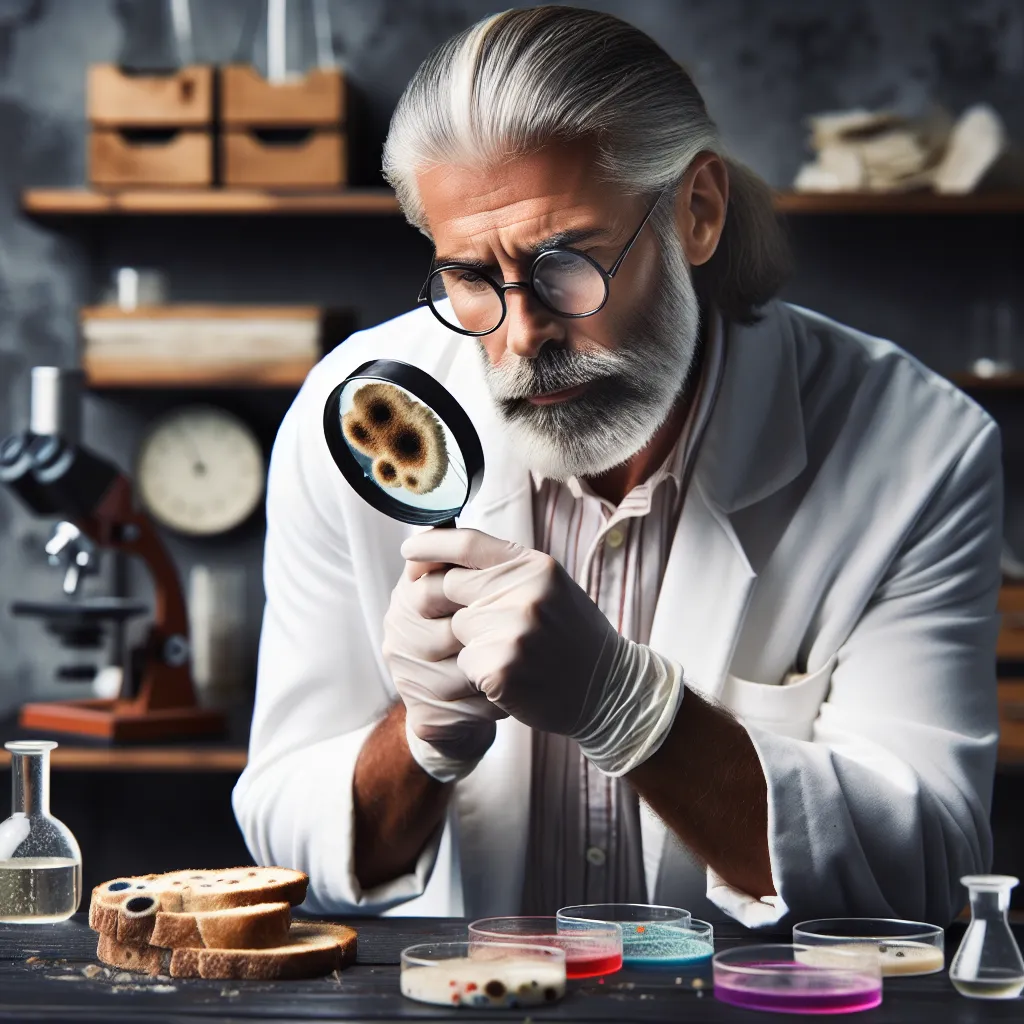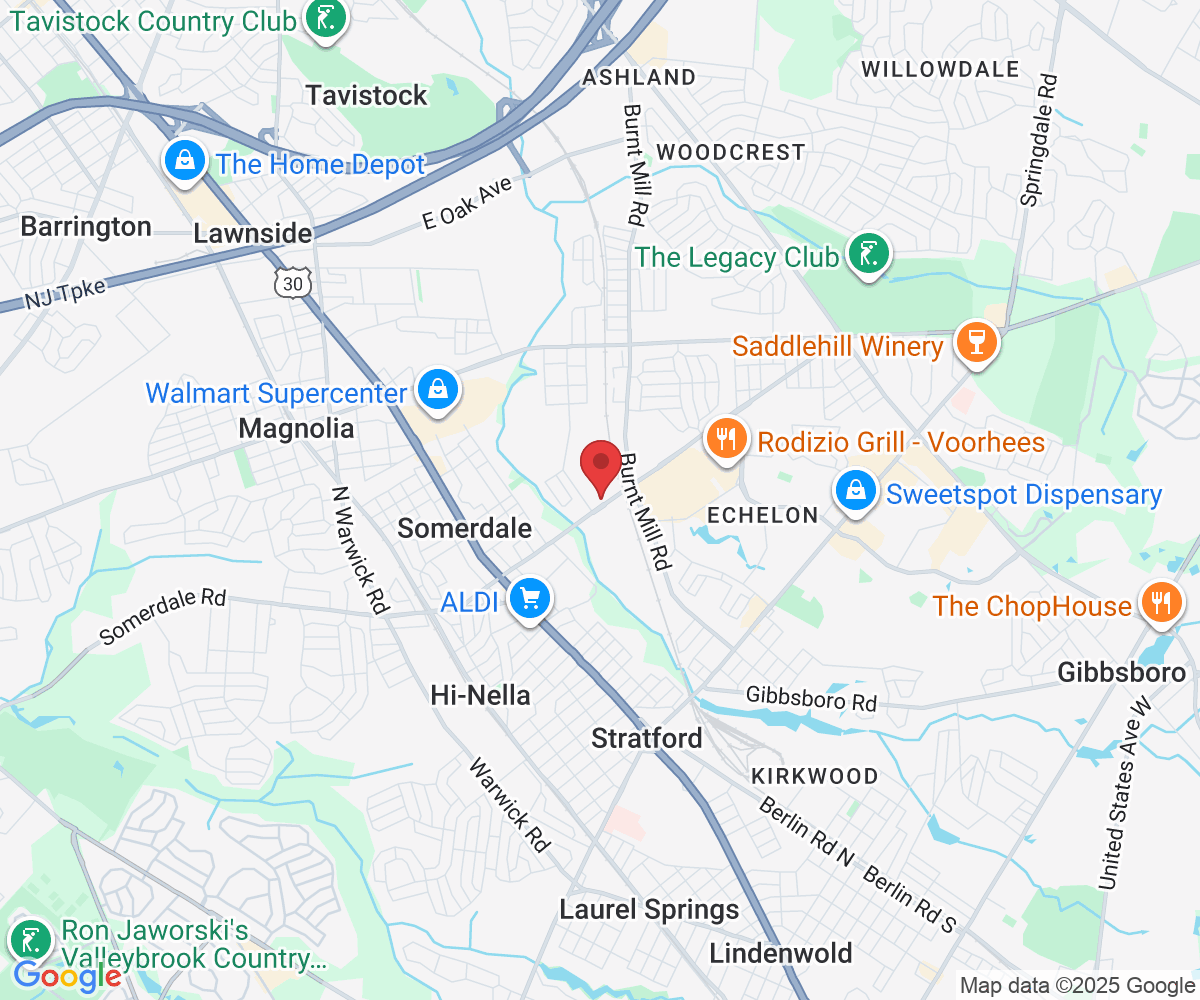
Certified Mold Inspections You Can Trust — For Health, Safety, and Peace of Mind
Williams Environmental Group
Protect Your Home, Business, and Health with Expert Mold Inspection and Lab Testing

About Us
New Jersey’s Most Trusted Mold Inspection Experts - Protecting Homes. Preserving Health. Backed by Science.
We use advanced technology to assess your property for mold risks—quickly, accurately, and without guesswork.
Early detection saves thousands in repair costs. Our expert team uses certified lab testing and professional-grade tools to pinpoint mold before it becomes a costly problem.
Whether you’re buying, selling, or maintaining your home, we help you make smart, informed decisions with confidence.

WILLIAMS ENVIRONMENTAL GROUP
Your trusted partner for thorough and reliable mold inspections. Our certified experts ensure every detail of your property is evaluated, giving you confidence in your investment. Let us help you make informed decisions with professionalism and care.
Thorough Inspections: Our certified inspectors examine every aspect of your property, from foundation to roof, ensuring no detail is overlooked.
Detailed Reports: Receive comprehensive and easy-to-understand inspection reports, highlighting key findings and recommendations.
Advanced Tools and Techniques: We use the latest technology to deliver accurate and reliable inspection results, ensuring your peace of mind.
Customer-Focused Approach: Your satisfaction is our priority. We provide clear communication and support throughout the inspection process.
Peace of Mind for Buyers and Sellers: Make informed decisions with confidence, knowing your investment is in safe hands.
Frequently Asked Questions
Is there such a thing as black mold??
Yes, "black mold" is a term commonly used to refer to a specific type of mold known as Stachybotrys chartarum. It is also sometimes called "toxic black mold" due to the potential production of mycotoxins. However, it's important to note that not all molds that appear black are necessarily Stachybotrys chartarum, and not all strains of this mold produce mycotoxins.
Is mold harmful to my health?
Mold can produce allergens, irritants, and sometimes toxic substances. Prolonged exposure to mold may lead to health issues, especially for individuals with allergies, asthma, or compromised immune systems. Common symptoms include nasal congestion, throat irritation, coughing, wheezing, skin irritation, or eye irritation. It's essential to address mold issues promptly to minimize health risks. If you are experiencing severe health problems related to mold exposure, consult a healthcare professional.
How can I identify mold in my home?
Mold can often be identified by its appearance and musty odor. Look for discolored patches on walls, ceilings, or other surfaces. Mold can be black, green, brown, or white. Additionally, if you notice a musty or earthy smell, it could be an indication of mold growth. Professional mold testing can also be conducted for accurate identification..
Testimonials

Excellent service. The Williams Environment Group was recommended to me at the very last minute. I had bathroom leakage happening in my kid's living room on a Tuesday night. In less than twenty-four (24) hours, the Williams Environmental Group was at my house and performed three (3) tests. I have never called upon a company and received fast service as well as fast results. They stayed in communication with me until the results were in and it helped to understand to take the next steps. I highly recommend this company, if you are looking to see if you have mold behind your walls, in the area, and anywhere else. HIGHLY RECOMMEND!!!!
John D


We’ve had the pleasure of working with Jerome from Williams Environmental Group on multiple occasions, and every experience has been nothing short of outstanding. From the very first interaction, Jerome’s professionalism, responsiveness, and attention to detail set him apart. His communication is always clear and timely, making scheduling a breeze with fast appointment availability, something that’s incredibly valuable in time-sensitive situations.
We have full confidence in Jerome’s work and continue to refer him to all of our customers—and even use him ourselves when needed. If you’re looking for someone reliable, experienced, and genuinely cares about the health and safety of the spaces he inspects, Jerome is the one to call. Highly, highly recommended!
Jeffries Basement Waterproofing

300 W Somerdale Rd,
Voorhees, NJ 08403
Call 609-293-4951
Email: [email protected]
Site: www.williams-environmental.com

